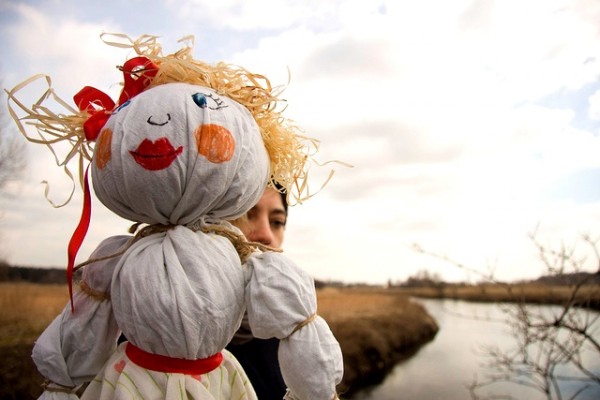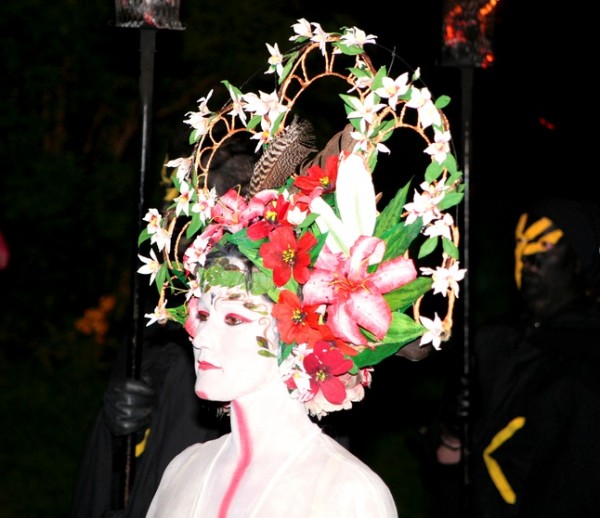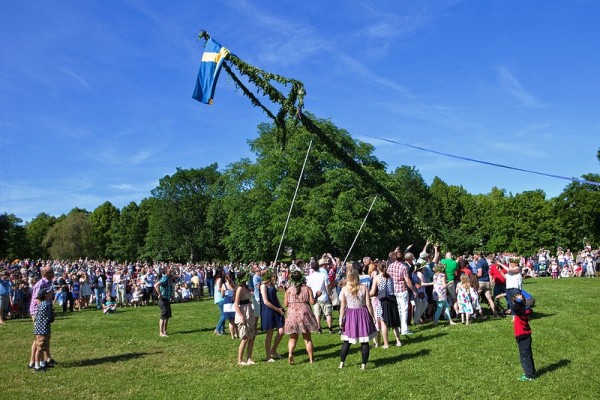Whether you’re a pagan or simply interested in the associated beliefs and rituals, planning a holiday around festivals in Europe can make for a fascinating trip. Few holiday companies offer tours based on these events, but it’s easy to find information on the internet and make your own arrangements. Along the way, you’’ see some beautiful landscapes and intriguing landmarks, and get a closer encounter than many tourists manage with the culture and people of the countries you visit. Once you’ve settled on your itinerary, holiday companies can help you with bookings and travel.
Image by vintagedept.
The prehistoric stone circle of Stonehenge is probably the most famous pagan site in the United Kingdom, and can be very crowded, especially around midsummer. Less well known, but larger and more ancient, is the Neolithic ring at nearby Avebury. Here, unlike at Stonehenge, you can approach and touch the stones themselves. The site is popular with pagans, naturally, and there are frequent ceremonies.
Image by Magic Madzik
Many cultures and religions have long standing traditions to celebrate the end of winter. In Poland, as well as the Czech Republic and Slovakia, an effigy of the goddess Marzanna or Morana is symbolically drowned, often after burning. Children particularly enjoy making a puppet or dummy, transporting it to the river, and dunking it in.
Image by Downatthezoo
Beltane falls between the spring equinox and the summer solstice, Samhain between the fall equinox and the winter solstice. Both are Gaelic festivals, so celebrate them in a Celtic region, such as Wales or Cornwall. Edinburgh, the Scottish capital, holds a yearly Beltane Fire Festival, a celebration of arts and culture. On Samhain, in some parts of Scotland and Ireland, you can still find costumed children guising, rather than trick or treating, and perhaps a traditional turnip lantern rather than a pumpkin.
Image by Bengt Nyman
There can be nowhere better to celebrate midsummer than in the land of the midnight sun. In northern Scandinavia, you can experience 24 hours of daylight on the longest days of the year. Regardless of the actual date on which it falls, the Swedes celebrate Midsummer Eve on the nearest Friday. It’s a time for leaving the towns and travelling into the countryside, to gather with friends and family. The maypole is an important part of the Swedish midsummer tradition, along with a feast of pickled herring and new potatoes, followed by the first strawberries of the season.
Those are just pagan festivals in Europe, though. What about the world? Have you been to pagan festivals in other parts?
Images by vintagedept, Magic Madzik, Downatthezoo and Bengt Nyman used under Creative Commons license.
Contributed by Jane Grant is a traveler and especially enjoys experience rare and unusual sights of the world. This was a hosted post made possible by our partner HolidayHyperMarket.

Renee Blodgett is the founder of We Blog the World. The site combines the magic of an online culture and travel magazine with a global blog network and has contributors from every continent in the world. Having lived in 10 countries and explored over 90, she is an avid traveler, and a lover, observer and participant in cultural diversity. She is also the founder of the Magdalene Collection, a jewelry line dedicated to women’s unsung voices and stories, and the award-winning author of the bestselling book Magdalene’s Journey
She is founder of Blue Soul Media and co-founder of Blue Soul Earth as well as the producer and host of the award-winning Blue Soul CHATS podcast, that bridges science, technology and spirituality. Renee also founded Magic Sauce Media, a new media services consultancy focused on viral marketing, social media, branding, events and PR. For over 20 years, she has helped companies from 12 countries get traction in the market. Known for her global and organic approach to product and corporate launches, Renee practices what she pitches and as an active user of social media, she helps clients navigate digital waters from around the world. Renee has been blogging for over 16 years and regularly writes on her personal blog Down the Avenue, Huffington Post, BlogHer, We Blog the World and other sites. She was ranked #12 Social Media Influencer by Forbes Magazine and is listed as a new media influencer and game changer on various sites and books on the new media revolution. In 2013, she was listed as the 6th most influential woman in social media by Forbes Magazine on a Top 20 List.
Her passion for art, storytelling and photography led to the launch of Magic Sauce Photography, which is a visual extension of her writing, the result of which has led to producing six photo books: Galapagos Islands, London, South Africa, Rome, Urbanization and Ecuador.
Renee is also the co-founder of Traveling Geeks, an initiative that brings entrepreneurs, thought leaders, bloggers, creators, curators and influencers to other countries to share and learn from peers, governments, corporations, and the general public in order to educate, share, evaluate, and promote innovative technologies.












